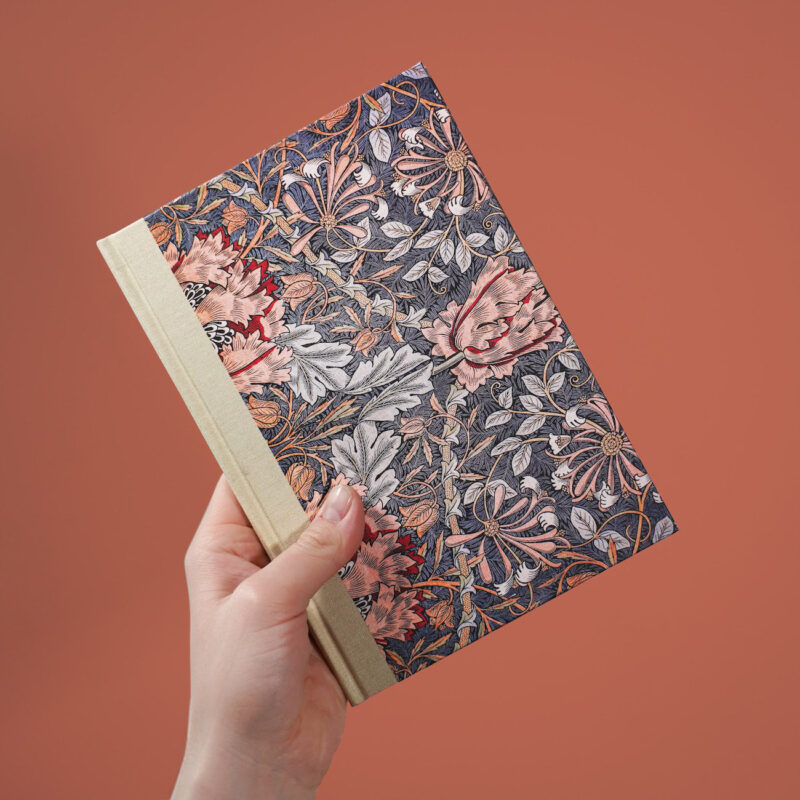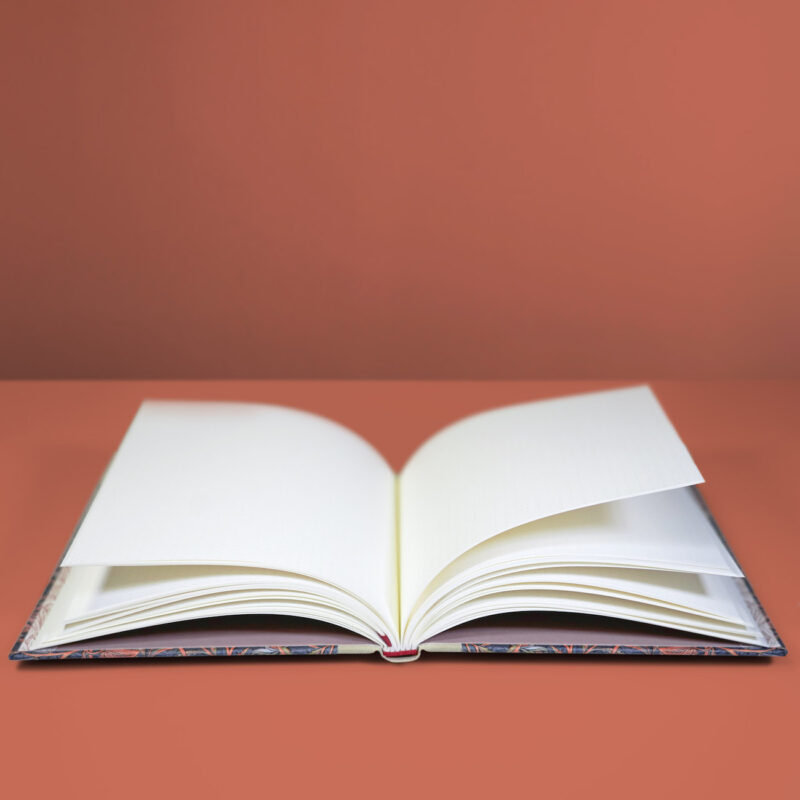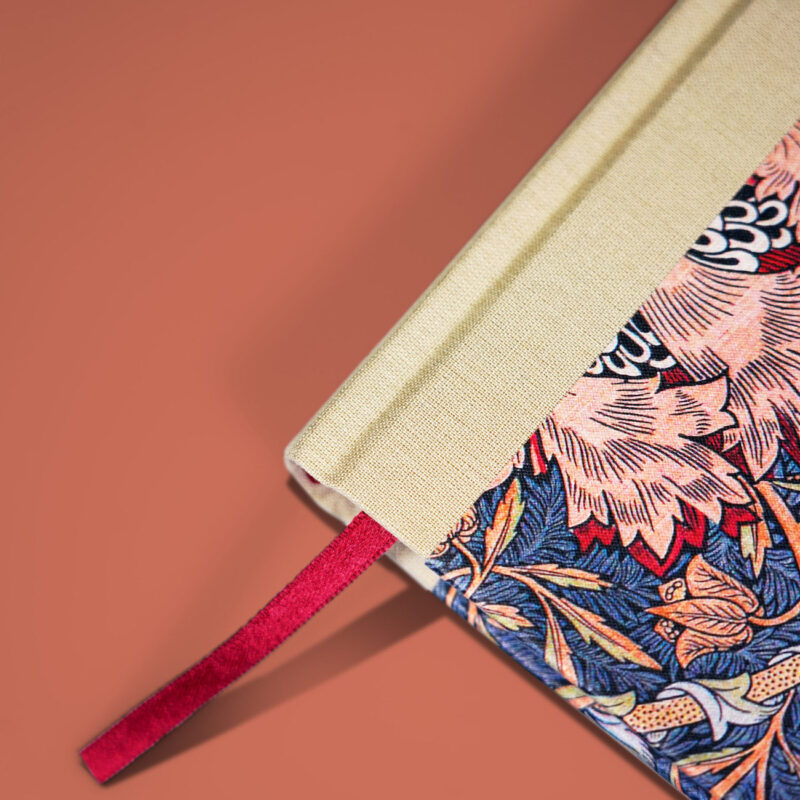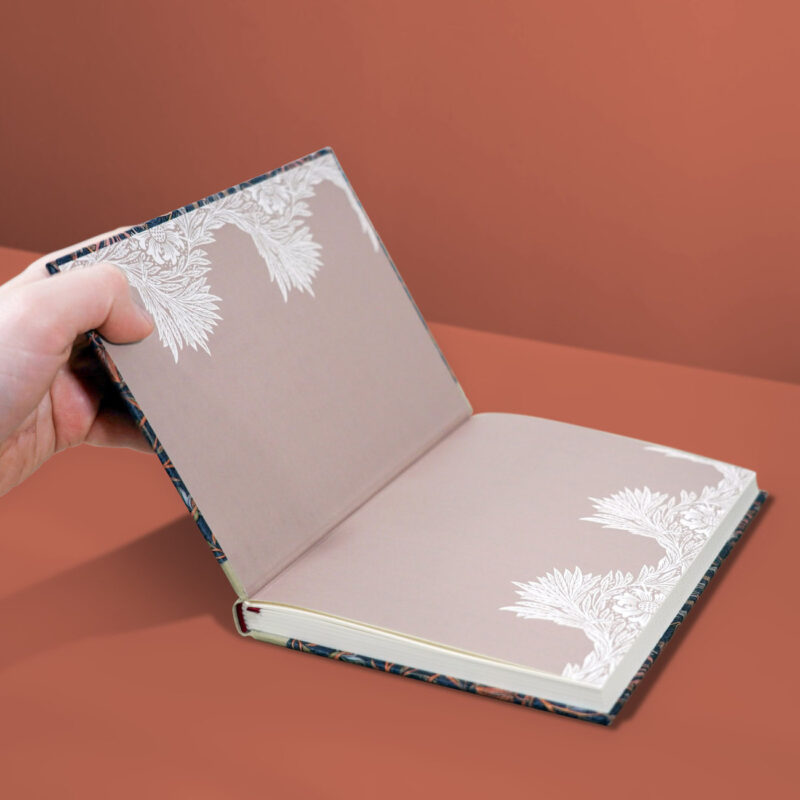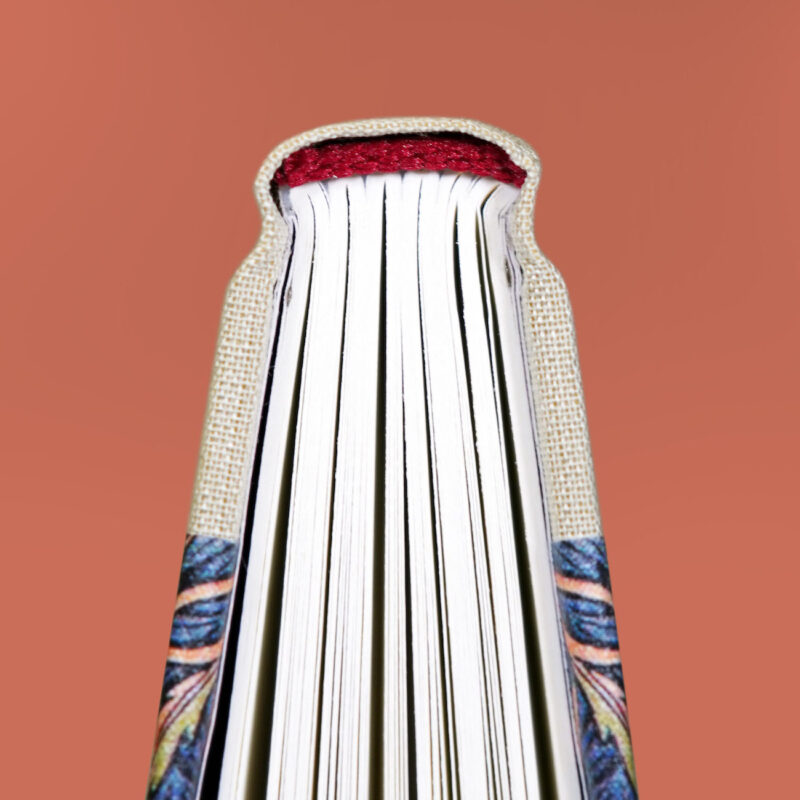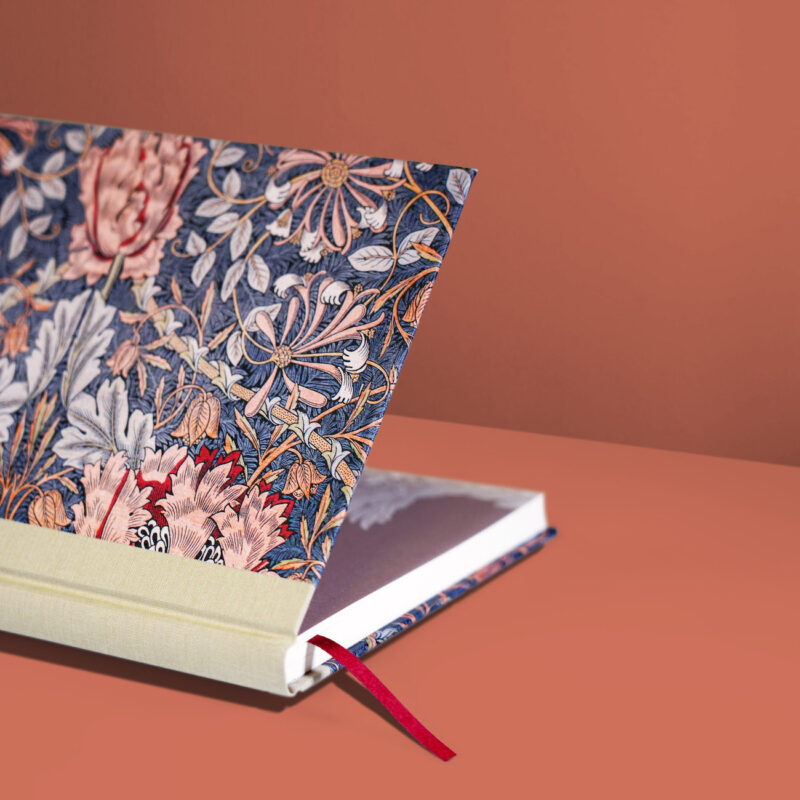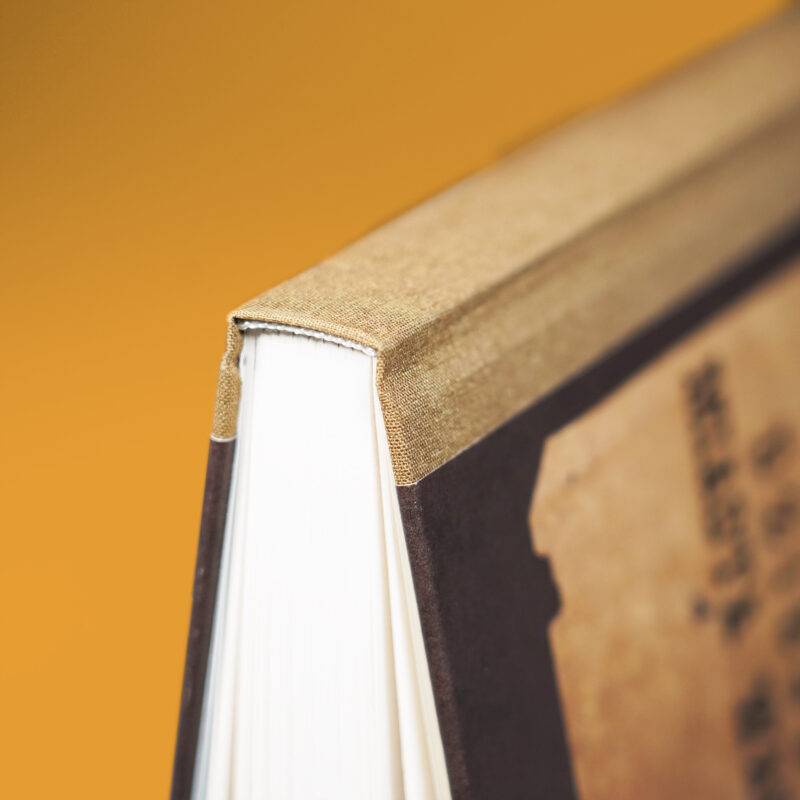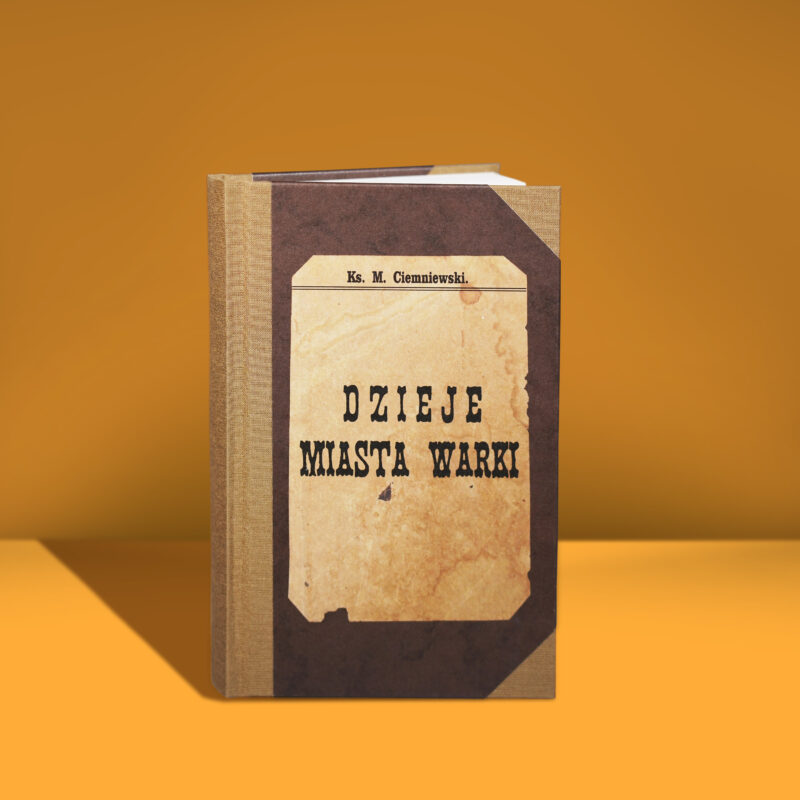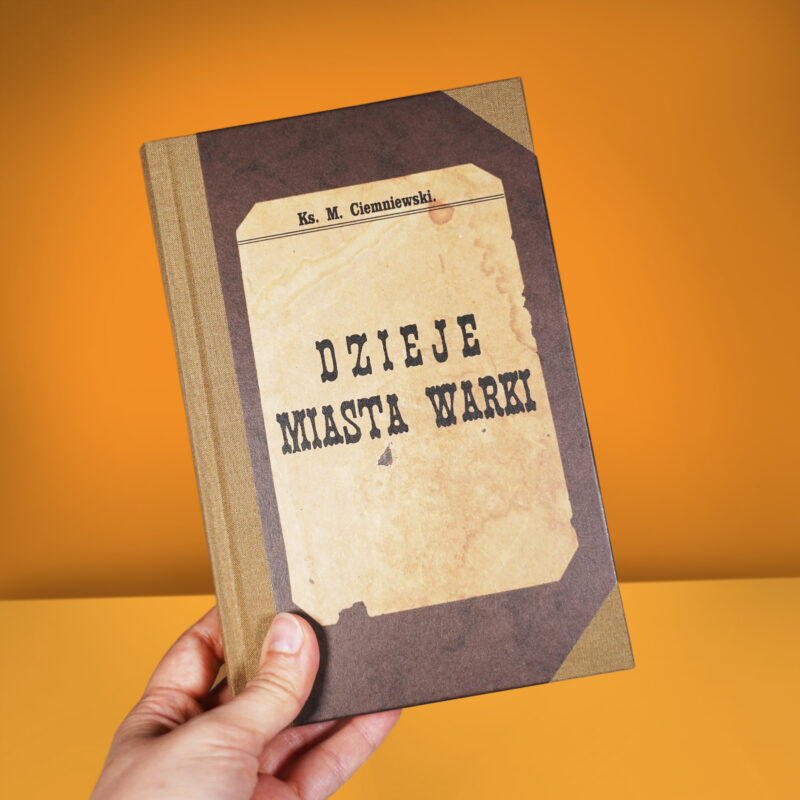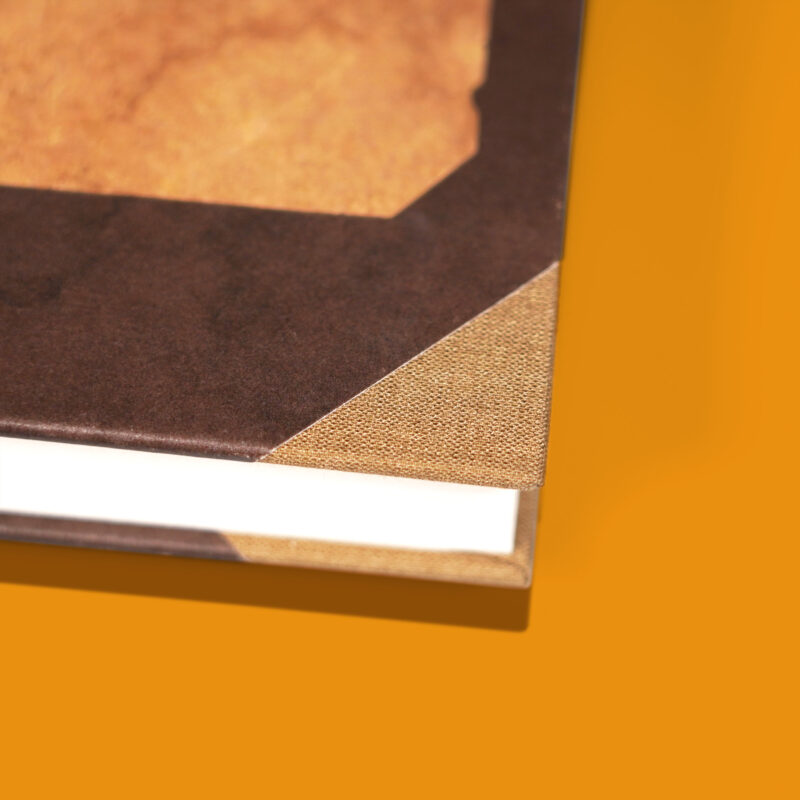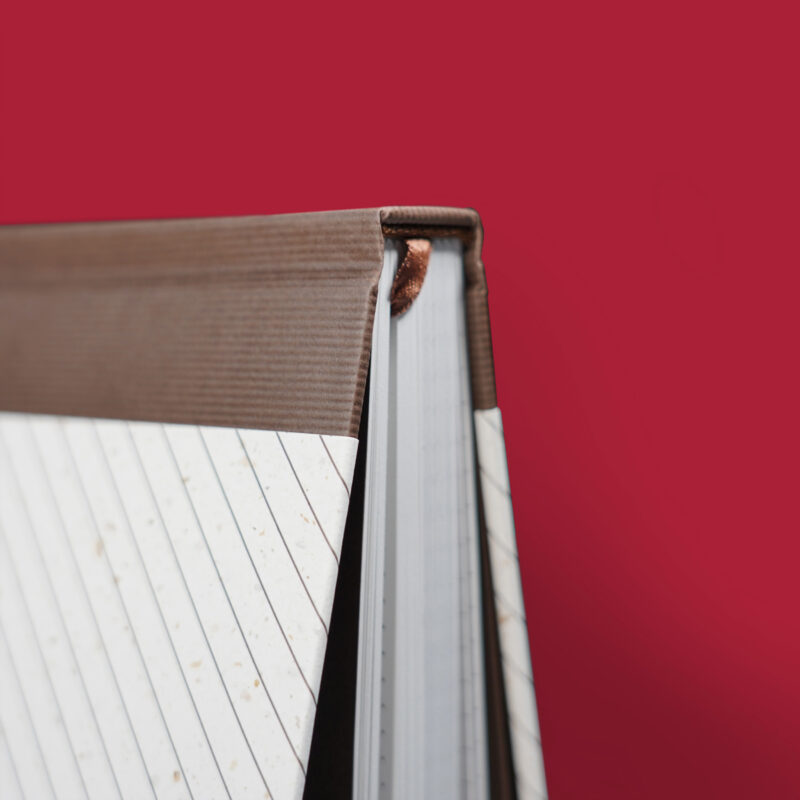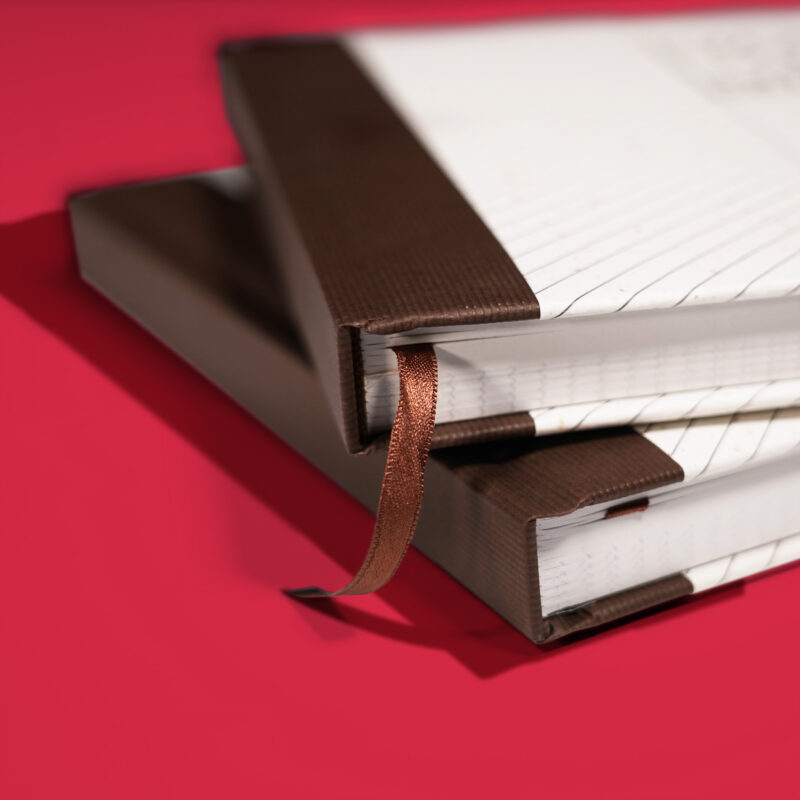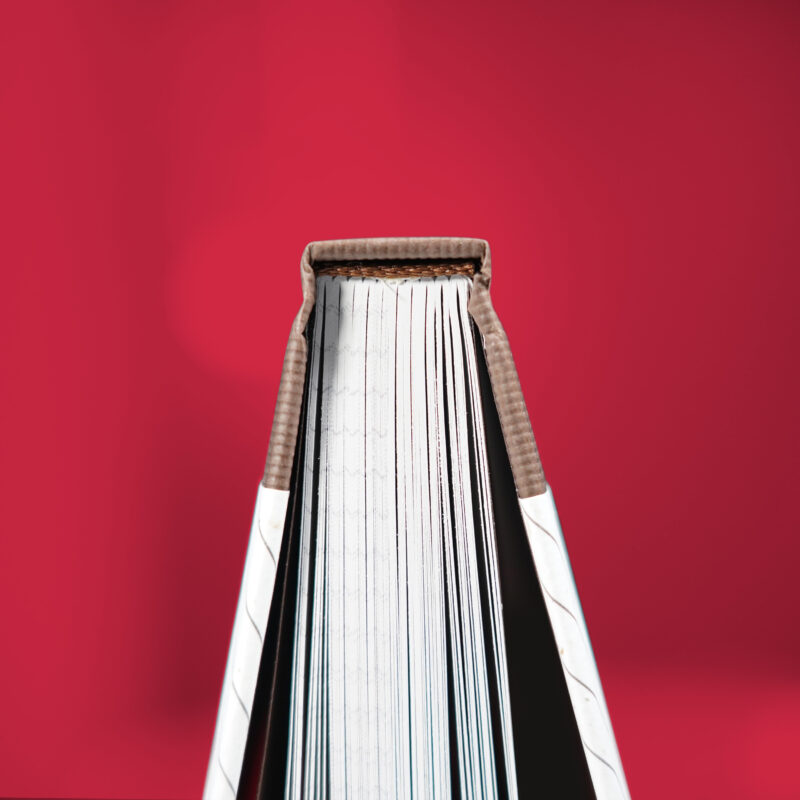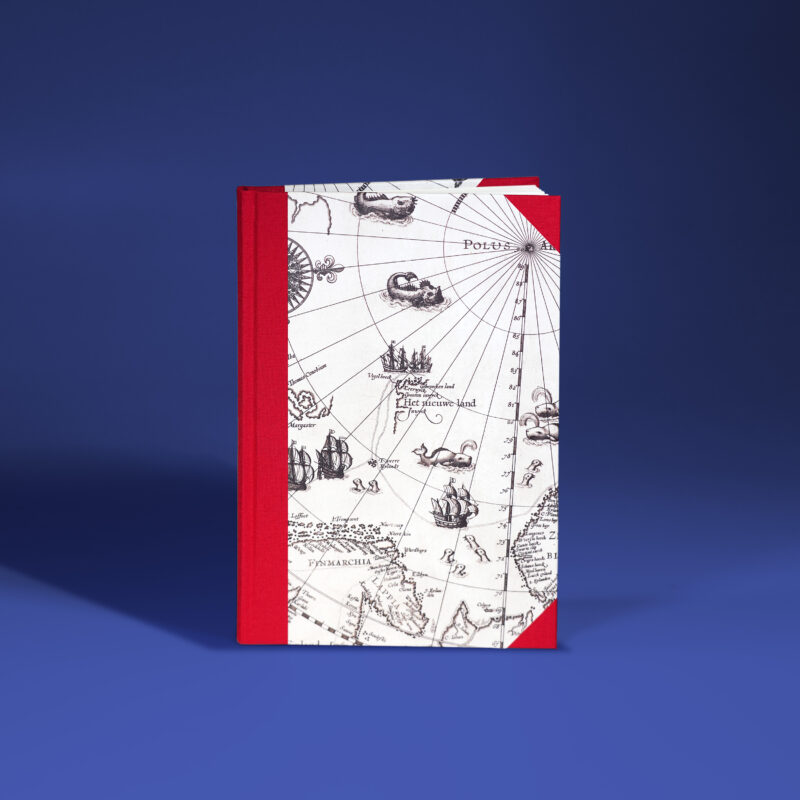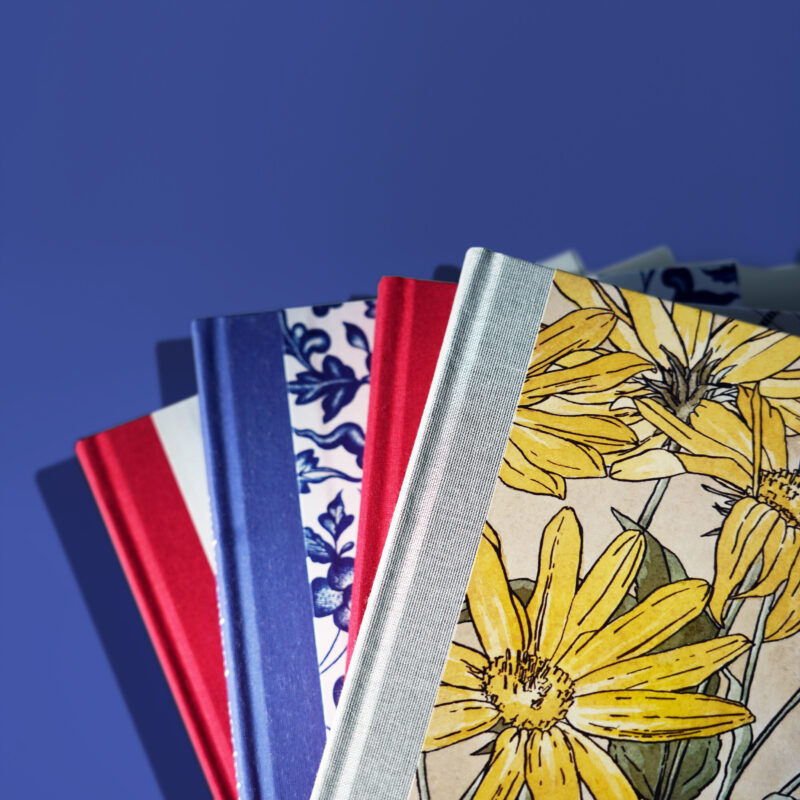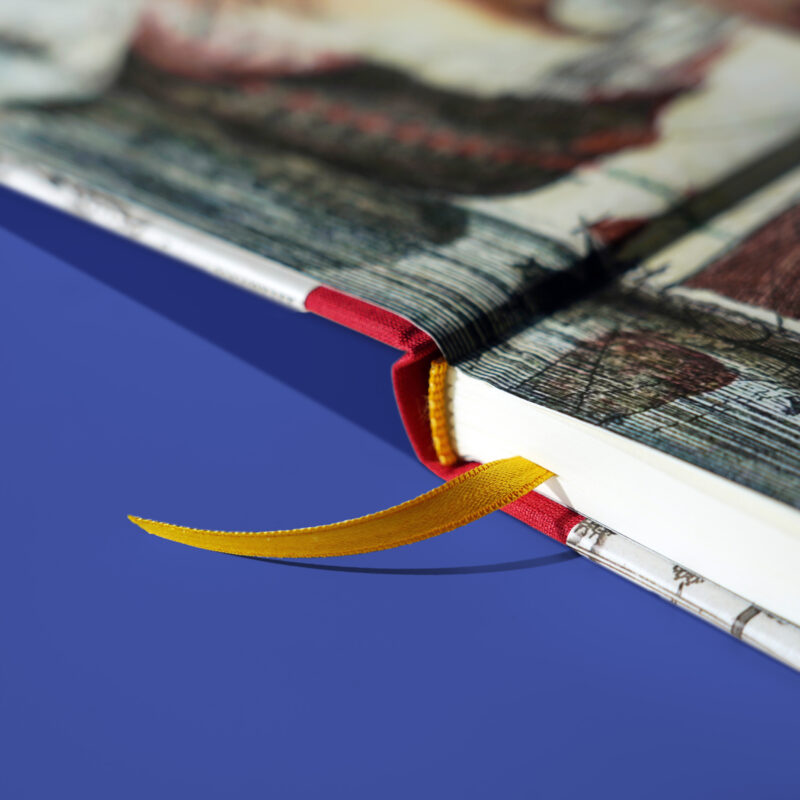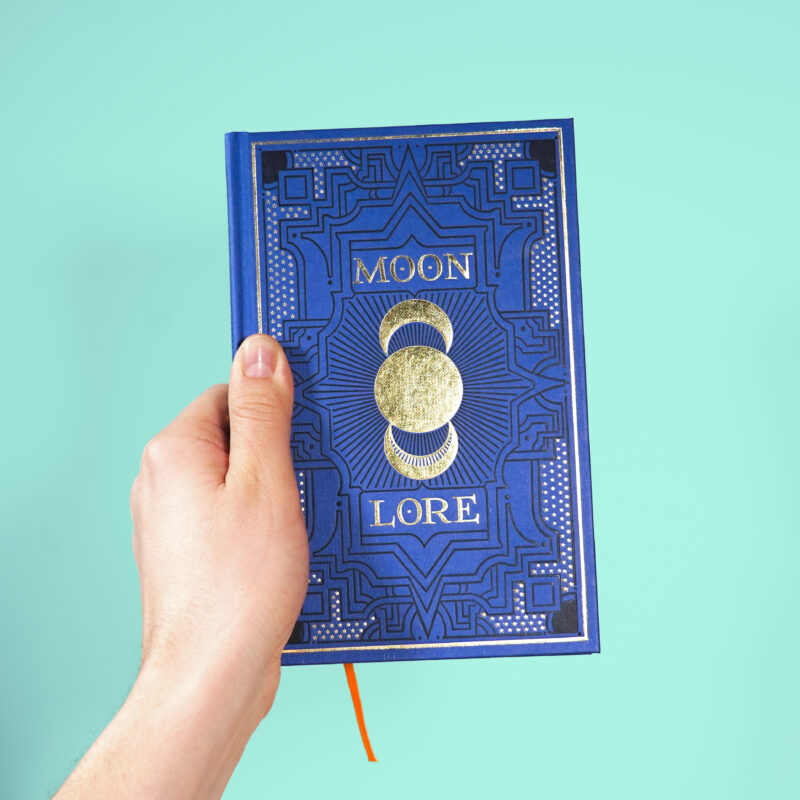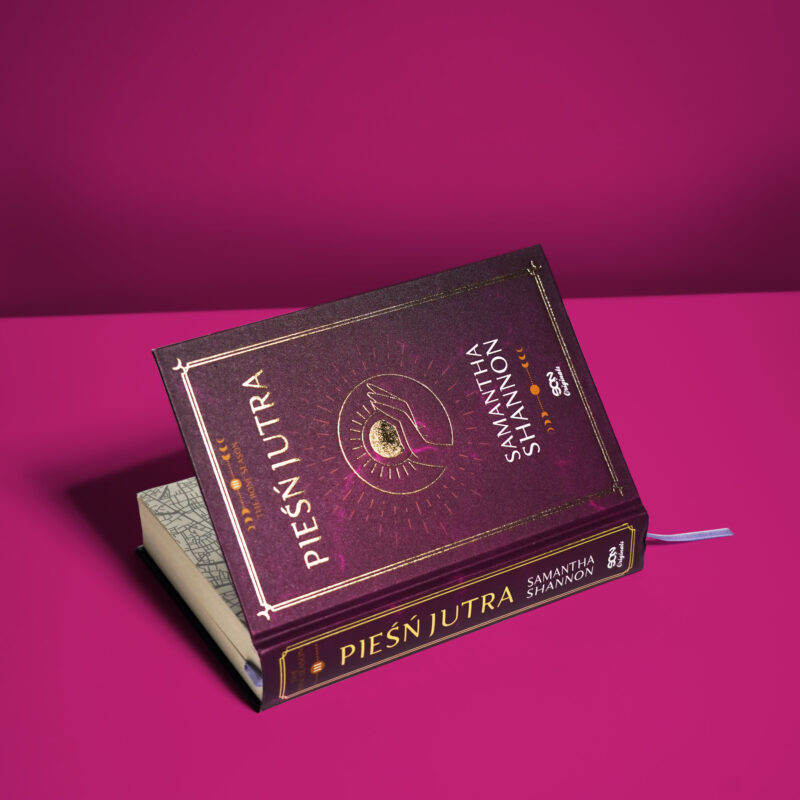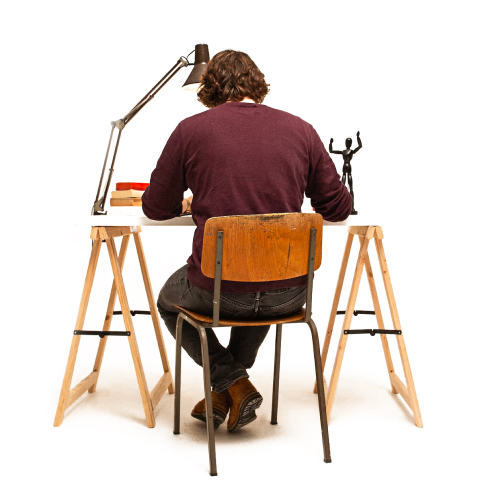Half-binding
A sophisticated type of hard-case binding: sturdy, durable and really appealing. Different materials are used here for the case boards (the face and the back of the book) and for the spine. It is perfect for stylish and classy publications.
The book block can be either glued or thread-sewn. Additional variants of the cover are available: using two different materials for the case boards and a third one for the spine, or making the corners of the same material as used for the spine.
Extra visual and tactile effects can be obtained by using foam-based cardboard for the cover, which makes it soft and bulgy.
Best use
fiction, poetry, calendars and planners, specialised notebooks, collector’s publications
